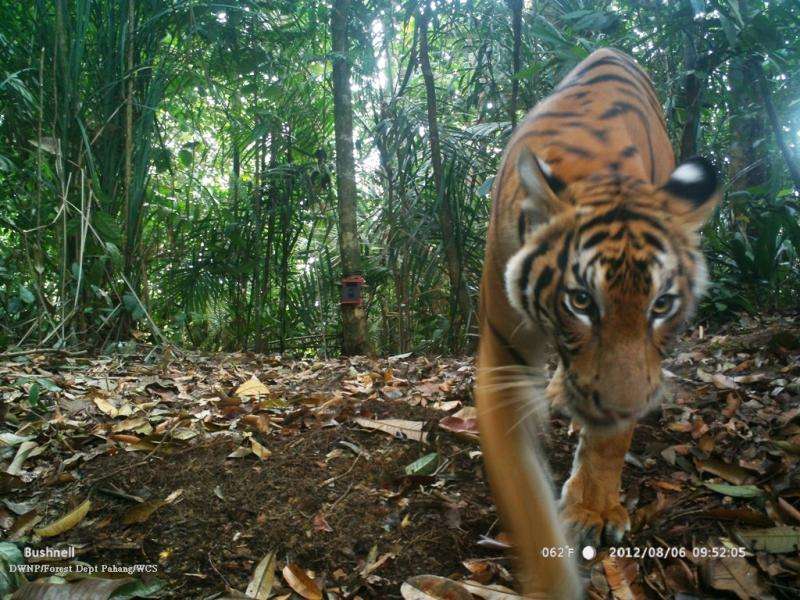Three urgent steps for better protected areas

A group of scientists have developed a three-point plan to ensure the world's protected areas meet new biodiversity targets set by the 193 signatory nations of the Convention on Biological Diversity's (CBD). They recognize that part of the current failure of the protected areas to stop the decline of biodiversity is partly to do with the lack of science available.
The scientists offer strategic guidance on the types of science needed to be conducted so protected areas can be placed and managed in ways that support the overall goal to avert biodiversity loss.
The plan appears in the early online issue of the journal Conservation Biology.
The CBD established 20 Aichi Biodiversity Targets organized under five strategic goals. Aichi Target 11 calls for increasing by 2020 terrestrial protected areas to 17 percent on land and 10 percent in marine environments.
However, the authors warn that the target may be technically met in terms of size, while failing the overall strategic goal of why it was established. This could occur if the areas are poorly located, inadequately managed, or unjustifiably include areas outside of official protected areas.
The three points of their solution are:
- Establish ecologically sensible protected area targets to help prioritize important biodiversity areas and achieve ecological representation.
- Identify clear, comparable performance metrics of ecological effectiveness so conservationists can assess progress toward the targets.
- Identify metrics and report on the contribution of "other effective area-based conservation measures (OECMs) make toward the target.
The authors challenge the scientific community to actively ensure that the achievement of the required area in Aichi Target 11 is not simply and end in itself, but generates genuine benefits for biodiversity.
Said lead author Dr. James Watson of WCS and University of Queensland, and current President of the Society for Conservation Biology: "Achieving CBD's goals are imperative for nature and humanity, as people depend on biodiversity for important and valuable services. The scientific community now must step up and actively help governments identify what is need for their future protected area estates so they can achieve great conservation outcomes."
More information: Conservation Biology, onlinelibrary.wiley.com/doi/10 … /cobi.12645/abstract
Journal information: Conservation Biology
Provided by Wildlife Conservation Society

















